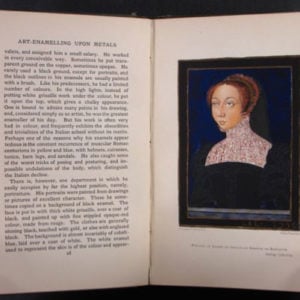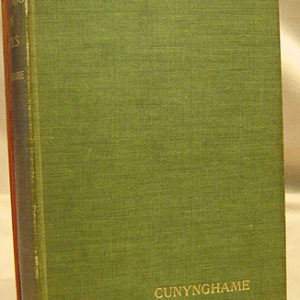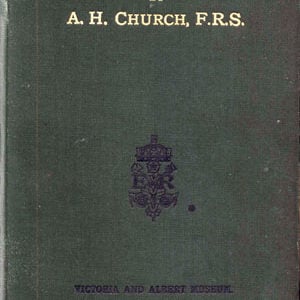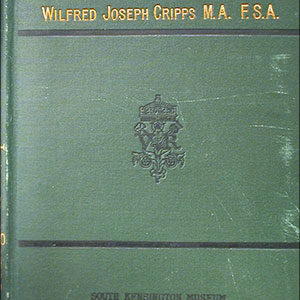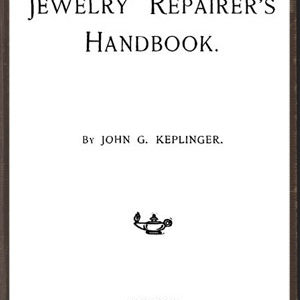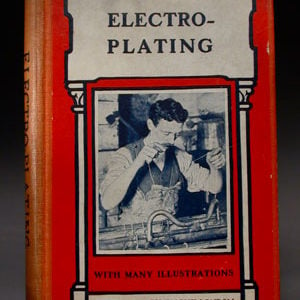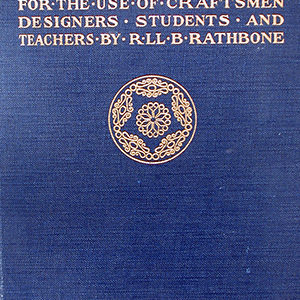On The Theory and Practice of Art Enamelling Upon Metals by Henry Cunynghame M.A, 1899
This 1899 book is one of the most important early books on enameling. It is quoted and cited by all its contemporary books and many later books. At 168 pages it is a remarkable book very important for any person interested in enameling. The technical information and detail is absolutely amazing.
It begins with a damning of industrial manufacturing, of stamped metal and the demise of skilled craftsmanship in the making of jewelry. The book is intended for the remaining craftspeople, the ones who have home workshops. Trade secrets are revealed, and the author researched everything published from the middle ages on concerning the art and science of enameling, including how to make all the materials used in enameling.
A section on weights and measures begins the text, with a welcome description of metric and English systems. The chemical oxides that give enamels color are detailed and named. The earliest history of Western enameling is outlined, with Greek, Goths and Celts mentioned. There is an extensive section on the aesthetic history of European art, with both celebration and critique of the effects of Christianity on art, design and enameling. Byzantine enamels, cloisson?, Venetian enamels, what oxides different cultures used, Limoges and more are deeply investigated. Limoge techniques are highly detailed. All this history is interspersed with great technical detail about enameling techniques used.
There a number of excellent high grade scans of color and black and white illustrations. He relies heavily on Theophilus (a tenth century monk who wrote on goldsmithing, painting and bell making).
The history section is very deep, and long, and layered in editorial comments that give an insight into the philosophical battles and opinions of the time. The analysis of technical decisions by enameling masters is unrivaled. This is one of those books that actually creates history.
Then the author addresses contemporary (well, in 1899) enameling, with his opinions of its quality and scope. As today, Japanese cloisonn? is considered superb.
There is an interesting discussion of artistic opinion as a form of practice, an art in itself.
Limoge (and the other enameling methods) is addressed in real depth, including using burnishers into leather and wooden molds to shape copper for enameling on, preparing metal surfaces, grinding enamels, and all sorts of great detail. It would be interesting to examine the observations and proposed chemistry for accuracy in today’s terms.
There are remarkable lost bits, like making mucilage (Klyr-Fire today) for attaching enamel powder to surfaces from cherry, apple, and pear and plum pits. This book has tons of technical information, and details lost today to enamellists.
The technical portion of the book is a tour-de-force, excellent observational rich detail. Furnaces, muffles and firing is well covered, as nowhere else. Lots of recipes for kiln washes, surfaces and more. Take it with a grain of salt for some of the techniques, but there is an enormous amount here, and many details lost to time.
There is a section on molding enamel, pate-de-verre, and glass into all kinds of shapes, information not found elsewhere. Recipes, chemistry and manufacturing methods for enamels are dealt with in great depth.
An excellent book, essential for any enamellist.
Charles Lewton-Brain © 2012
File Size: 13.50MB, 168 Pages
